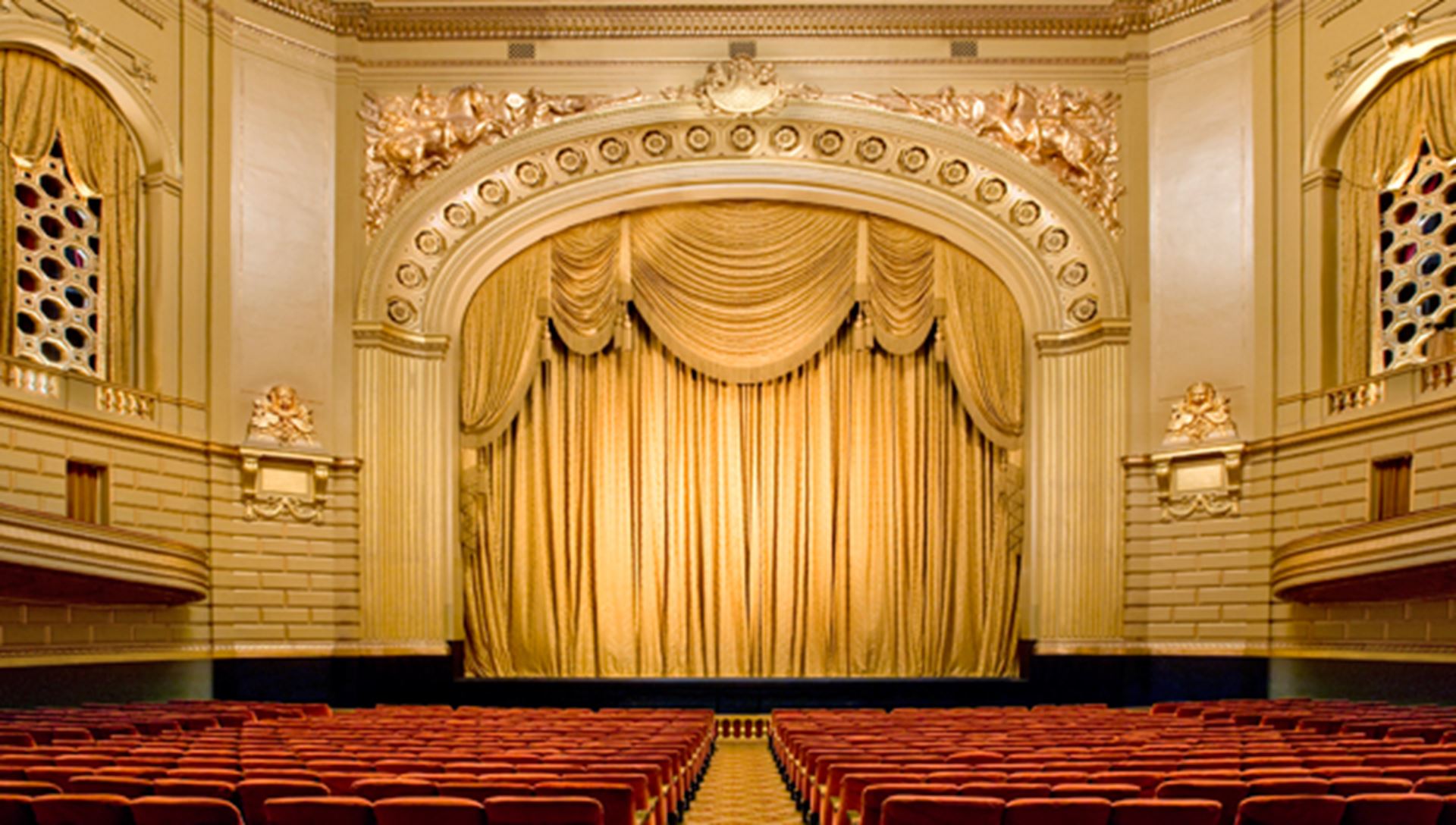
What is Cultural Appropriation?
What Is Cultural Appropriation?
Cultural appropriation is defined as “the unacknowledged or inappropriate adoption of the customs, practices, ideas, etc. of one people or society by members of another and typically more dominant people or society” (Oxford Dictionary).
Broadly, “appropriation” covers all kinds of exchanges: overt theft, yes, but also adaptation, assimilation, borrowing, fusion, appreciation, preservation, cross-fertilization, etc.
“But wait! What about fusion food? And St. Patrick’s Day? And global fashion design? And do college kids wearing sombreros really hurt anyone?” These are common examples brought up by critics of cultural appropriation. Yet these questions overlook the power dynamic and any respect for context at play in these exchanges. As each dynamic and level of respect is examined, historical context included, living reactions acknowledged, the nuance of the resulting analyses can become so complex as to be completely inscrutable.

At question is “...how ‘racialized groups’ resources of knowledge, labor and cultural heritage are exploited for the benefit of dominant groups and in ways that maintain dominant socioeconomic relationships.’ This is twofold: Not only does the group already in power reap a reward with no corresponding improvement in status for the group copied from; in doing so, they sustain, however inadvertently, inequity. (…) The harm in appropriation comes when a culture is shrunk in possibility, reduced to a set of disembodied gestures — style without substance, which can verge on blasphemy, as when a non-Indigenous person speaks of having a spirit animal” (Ligaya Mishan, New York Times Style Magazine).
In an American context this borrowing is said to empower White Supremacy because the dominant socioeconomic relationship is always white people benefitting in ways non-white people are overlooked or actively barred from.
In this way, Madame Butterfly isn’t a textbook case of cultural appropriation necessarily. The issue of appropriation often develops based on the production, where people with little to no cultural knowledge are brought in to create a Japanese world. For example, Japanese funerary custom dictates that corpses are dressed in kimono with their front panels crossed right-over-left; to dress a living person in such a way, even one playing a ghost or a dead person, is profane. Creating costumes which violate this custom to costume imaginary characters, whether through disregard or lack of awareness, undermines the importance it holds for real, Japanese people.

Storytelling presents an additional dimension to be considered: who tells the story. An issue often arises where an artist lacks the deep experience necessary to respectfully and fully present a given external perspective. When this occurs, the narrative is said to have been “appropriated.”
Yes, stage performers are hired to play people they aren’t; that is what “acting” is all about, after all! Yet “proper style” and “the best person for the job” are used as excuses by dominant socioeconomic groups to justify perpetuating their tastes and standards which may or may not be held as valuable by the very group whose narrative they purport to share. This kind of institutional gatekeeping disempowers other groups by denying them the “right” to bring the truth of their own lived experience to the telling stories like Madame Butterfly.
Next: Yellowface in Western Theatre
-
Immigrants from East, South, and South East Asian nations and their descendants are unified through their experiences as minority cultural groups, creating an Asian American community loosely aligned around their shared history of oppression. This history results in a space where Asians of all heritages are seen as members of and therefore representatives of the community at large.
-
It’s important to note that this view of cultural appropriation is thoroughly American. In Japan in particular, the idea of someone portraying an identity they do not belong to is not seen as strange in any way; a non-Japanese Butterfly is met with no fervor.

